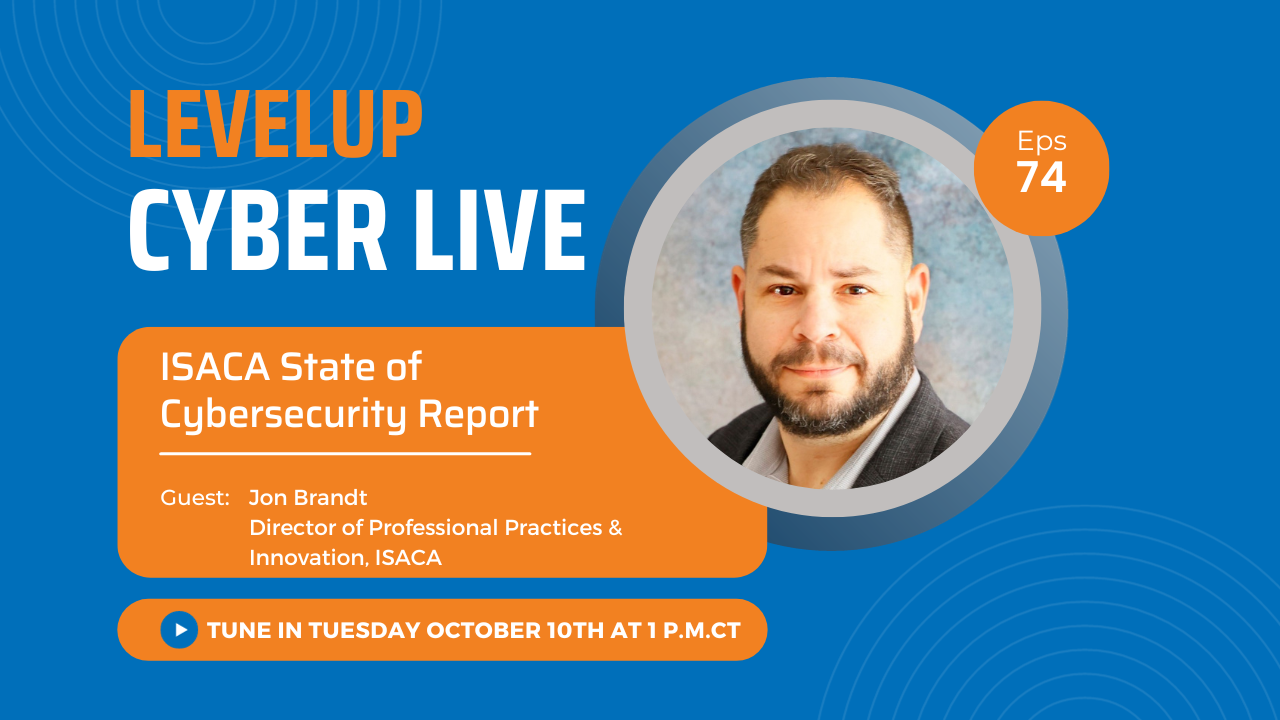Apprentice Success Story: Elliott Thompson
Elliott Thompson's journey from military service to a flourishing career in cybersecurity is a testament to perseverance, adaptability, and lifelong learning. Following his retirement from the Air Force, Elliott found himself joining the 43% of veterans who leave their first civilian job within their first year. While reflecting on what he wanted to do next, he kept revisiting a unique opportunity that was lingering at the back of his mind – CyberUp’s cybersecurity apprenticeship program.
Military Roots
The Thompson family has a strong military legacy. Elliott’s mother, an Army veteran, and his father, a Marine veteran, provided a strong foundation of discipline, values, and a love for their country. Inspired by his older brother's Navy service, Elliott committed to joining the Air Force in 2001. The tragic events of September 11th further solidified his resolve to serve his nation. Throughout his twenty-year military career, Elliott explored a range of specializations, including transportation, logistics, contract operations, and supply chain management. His experiences instilled discipline and an acute attention to detail, qualities that would prove essential in his future career.
Transition to Cybersecurity
Navigating the transition from military to civilian life proved to be more challenging than Elliott expected. The corporate world was not what he anticipated and he quickly recognized his initial plan was not sustainable long-term. Although he first learned about CyberUp more than a year prior during the Transition Assistance Program (TAPS), Elliott still found himself intrigued with the idea of a cybersecurity apprenticeship. He decided to explore a new career in the world of cybersecurity through CyberUp’s LevelUp Training and registered apprenticeship programs.
The CyberUp Experience
“CyberUp gave me the opportunity to be an apprentice with Centene and my smile has not faded since I started this position. Every day is a challenge yet every day is everything that I hoped to be doing,” says Thompson. The CyberUp program provided Elliott with the guidance and support needed to make the transition to cybersecurity. As an apprentice at Centene, he is leveraging his military background to quickly adapt to the intricacies of cybersecurity. “Elliott’s dedication, excellence in delivery, and professionalism have quickly established him as a key member of our team,” stated Brian Peterson of Centene.
“CyberUp is dedicated to supporting military veterans, spouses, and dependents as they pursue careers in cyber,” said CyberUp Executive Director, Tony Bryan. “Our mission is to elevate the cybersecurity workforce by igniting curiosity, developing talent, and transforming career pathways. Everyone benefits when veterans and their families bring their commitment to mission and core values to the cyber community.”
Elliott's story is a testament to resilience, adaptability, and the power of continuous learning. It serves as an inspiring example for others transitioning from military to civilian life and seeking to redefine their careers. His success story underscores the importance of seizing opportunities, following one's passion, and adapting to change with determination.





.png)

.png)
.png)

